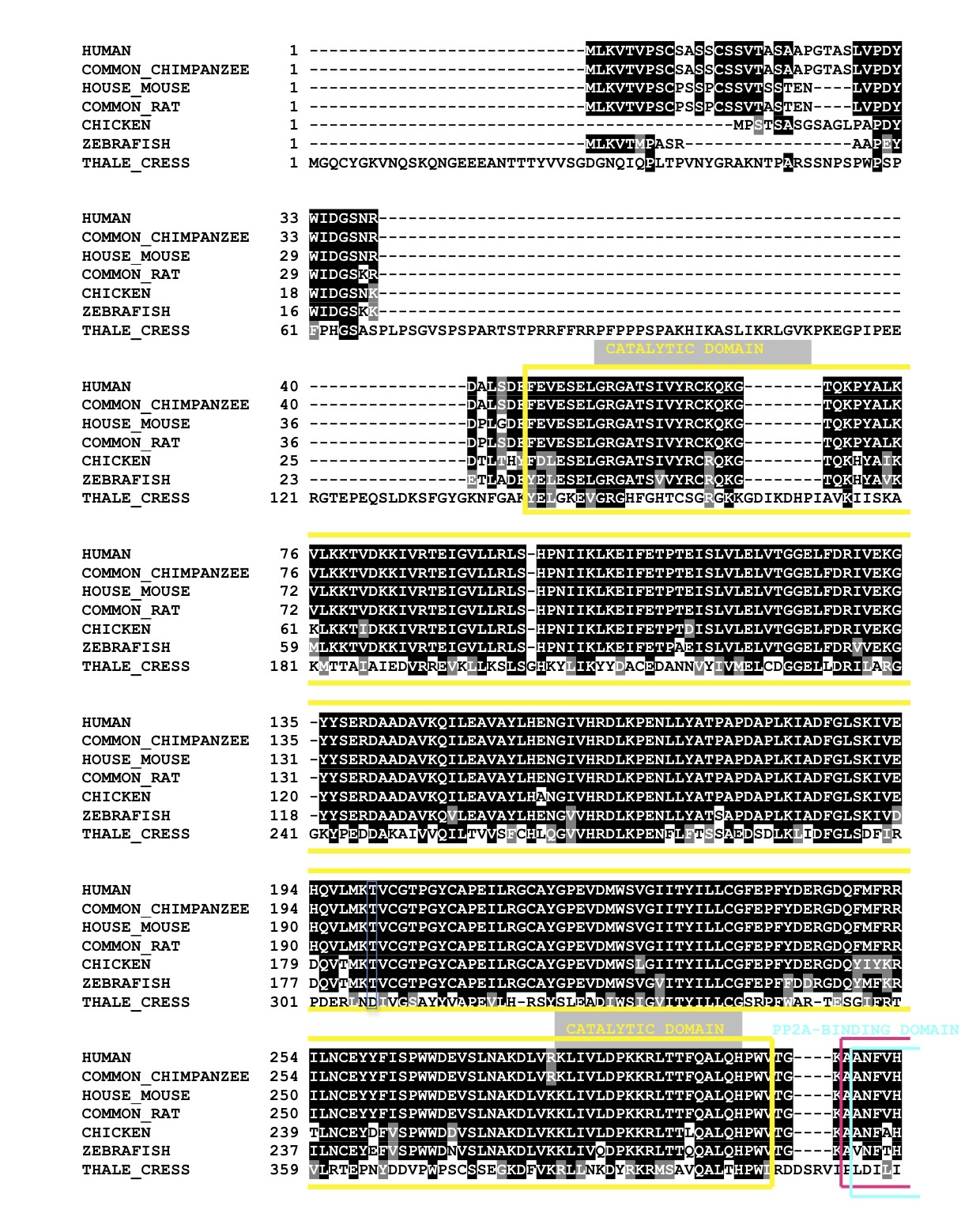

Genomic data are clearly outpacing environmental data, but the sequences themselves may provide information about the environment from which they were taken. In contrast, sequencing an organism’s genome has become routine, and the scientific community continues to sequence organisms from varied environments at an increasing pace, yet the vast majority of those organisms cannot be cultured by current methods, in part because their natural environment is unknown ( Curtis and Sloan 2005 Xu 2006). Predicting or measuring the natural microenvironment of an organism is a complex and challenging task ( Savageau 1983 Ward et al. Furthermore, these results suggest that the pattern of cognate bias, which is readily derived by genome sequencing, may provide evolutionary clues to an organism’s natural environment. We test these implications by analyzing the proteomes of over 1,800 sequenced microbes, which reveals statistically significant evidence of low cognate bias, a genetic trait that would avoid the biosynthetic quandary. Moreover, the cell’s fate is dictated by the cognate bias, the number of cognate amino acids in the corresponding biosynthetic pathway relative to the average number of that amino acid in the proteome.
AMINO ACID SEQUENCES INDICATORS OF EVOLUTION FULL
Our mathematical analysis and computational results indicate that there are two distinctly different outcomes: Partial recovery to a new steady state, or full system failure. To study this potential “catch-22,” we have created a generic model of amino acid biosynthesis in response to sudden starvation. These systems face an inherent logical dilemma: Building an amino acid biosynthetic pathway to synthesize its product-the cognate amino acid of the pathway-may require that very amino acid when it is no longer available. Here, we treat one of the most fundamental molecular systems, protein synthesis, and the amino acid biosynthetic pathways involved in the stringent response to starvation. Understanding this genotype–environment–phenotype relationship at a deep level will require quantitative predictive models of the complex molecular systems that link these aspects of an organism’s existence. Those organisms that frequently survive the challenge, by virtue of their fitness, will have evolved genomes that are shaped by their specific environments. Overcoming the stress of starvation is one of an organism’s most challenging phenotypic responses.


 0 kommentar(er)
0 kommentar(er)
